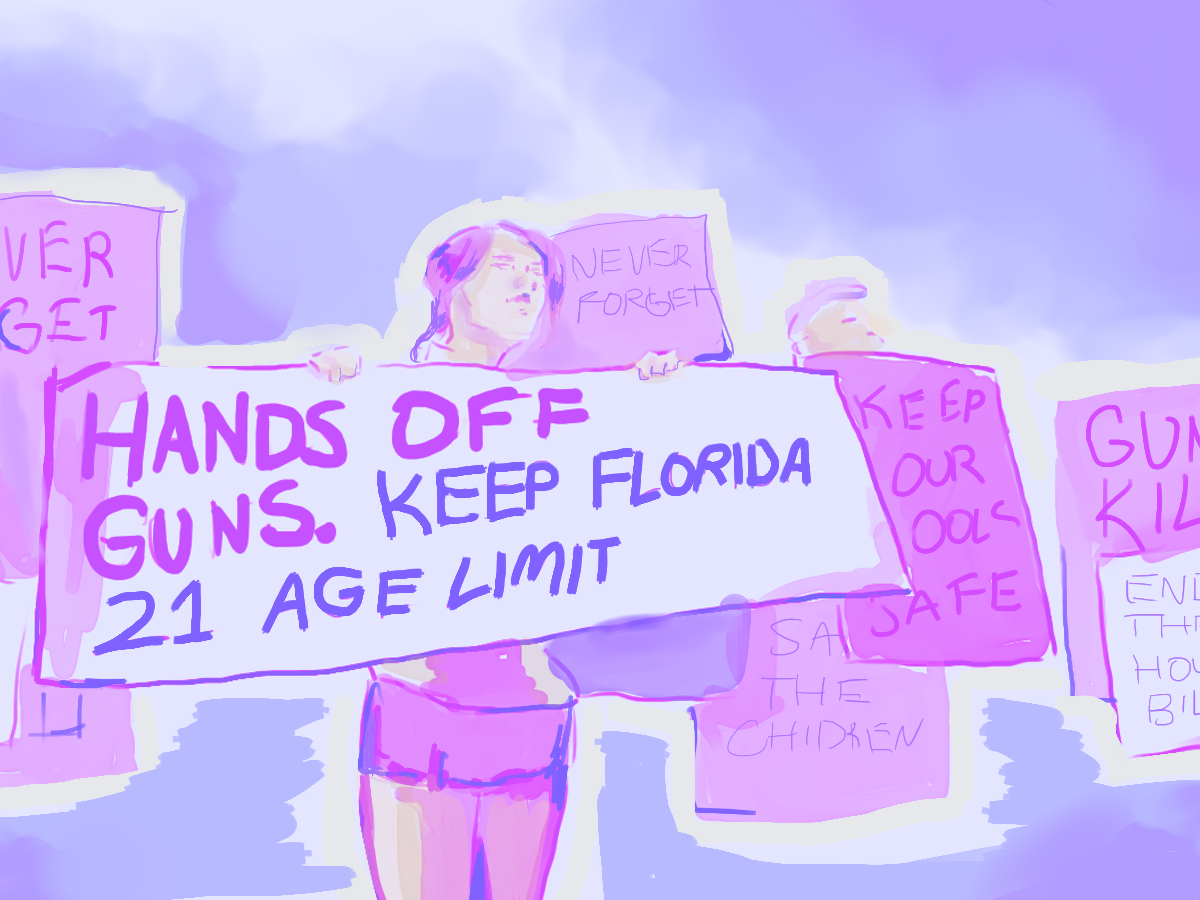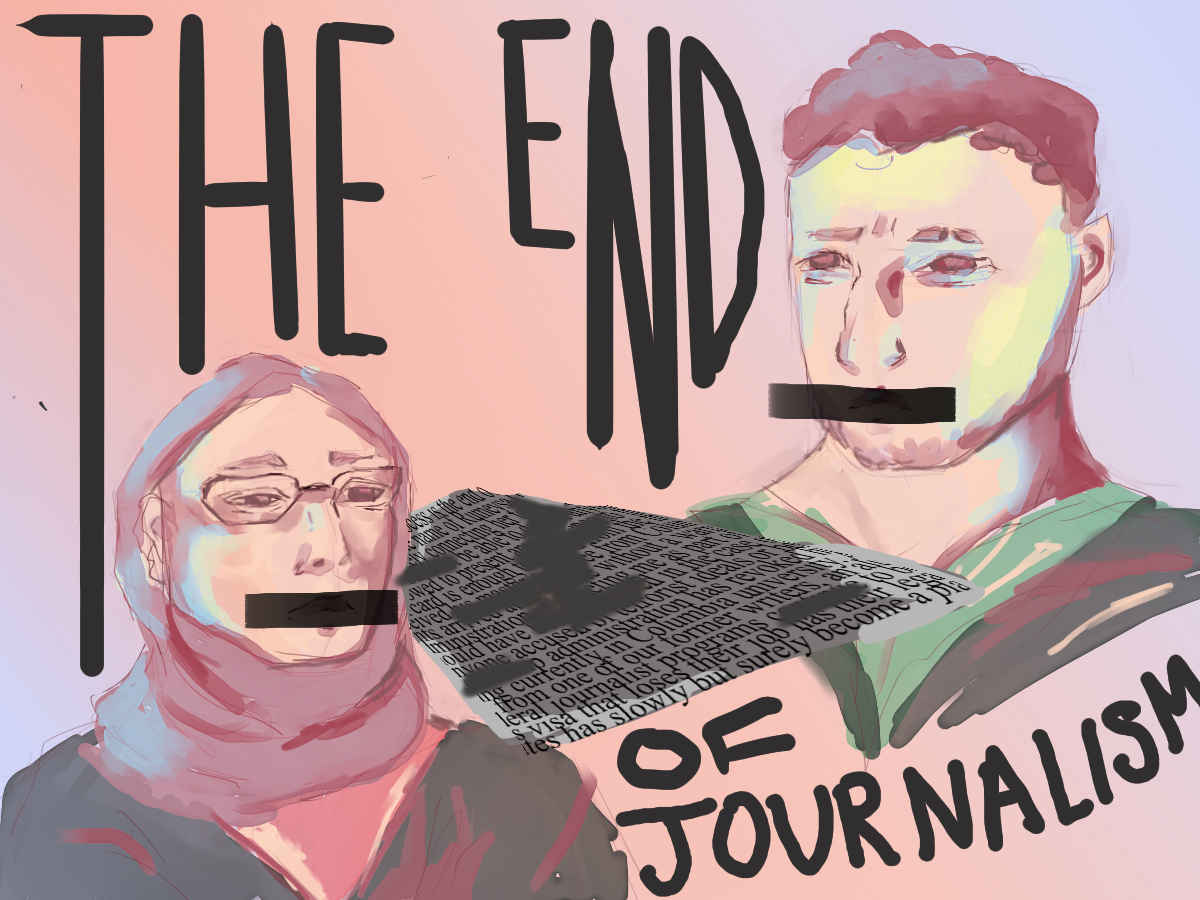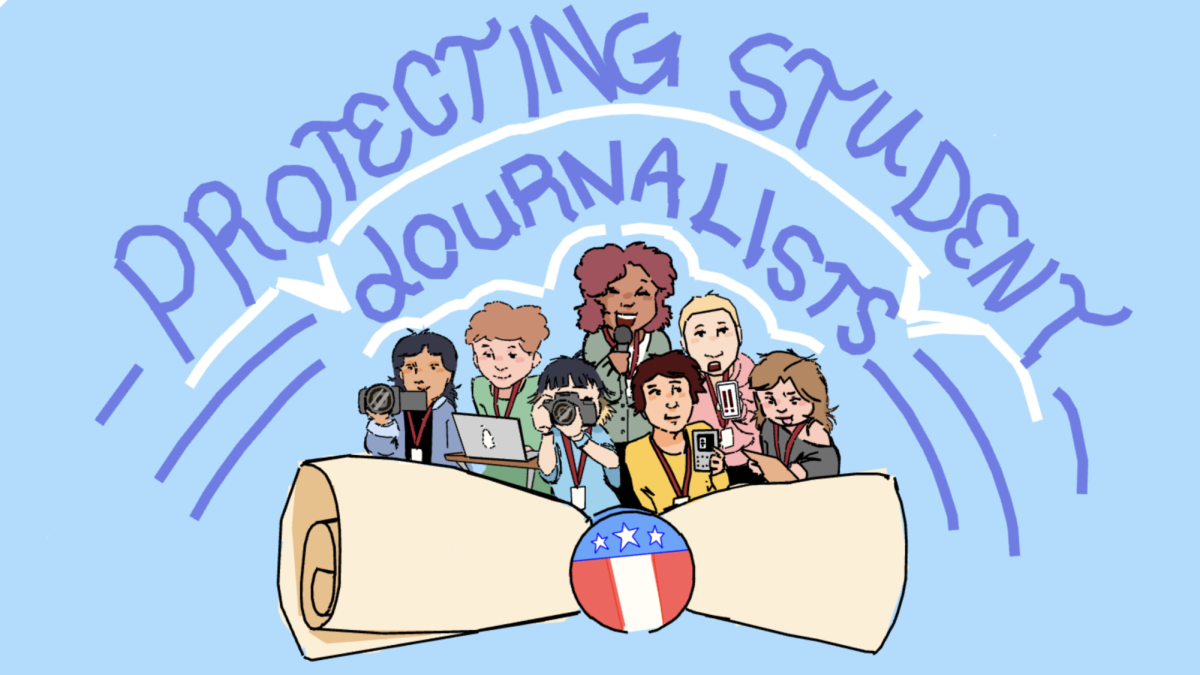Nowdays it can seem like every other time the news comes on, or one is scrolling through the Twitter-verse, that more terrible news comes on saying that there has been another mass shooting, or that a cop has been shot. As these event repeat themselves, people start to become desensitized and begin repeating the same ritual: initial shock and outrage, followed by a push for either gun restrictions or better mental health that ends without resolution. However, while these killings and subsequent grieving have taken over the headlines, a silent killer has been silently increasing its pace: suicide.
According to the Center for Disease Control, in the U.S. during 2014 there were 42,773 deaths by suicide, over double the amount of deaths from homicide, making it the 10th leading cause of death in the U.S – as compared to homicide’s rank of 17th. Since 2000, suicide rates have increased from 10.4 suicides per 100,000 to 12.1 in 2014; in other words, about 105 Americans are killing themselves each day.
To most people, these statistics come as a shock since it feels like homicides happen all the time. On almost any local news broadcast, there is bound to be a piece about someone who was killed earlier in the day. With so many Americans dying from suicide daily, one must wonder why it is not constantly on the news; therein lies the tricky part about suicides.
When suicides are reported in the news, it often causes a small spike in the suicide rate, due to people who commit copy-cat suicides. Some famous examples include Marylyn Monroe and Ernest Hemingway. The problem of copy-cat suicides often leads to the media avoiding suicide coverage for the fear of encouraging more. Therefore, many people don’t understand how big an issue suicide really is, since these suicides are not covered on the news very often. The lack of given attention leads to a lack of conversation and education on how to prevent suicides in the future.
Recently, the student population of MSD has been affected by the untimely passing of an incoming junior at MSD. The death marks the fourth suicide at Stoneman Douglas in four years, making the suicide rate at the school a whopping estimated 32.2 deaths per 100,000 people. This statistic, while saddening, alludes to something called the suicide paradox.
The suicide paradox is that as quality of life increases, so does that rate of suicide. When the quality of life is poor, people tend to know why they are miserable, be it due to a lack of food or money, absence opportunities, and so on. However when the quality of life is high and someone is depressed, the answer as to why becomes more elusive – everyone else around them is happy so why can’t they be too? The ability to blame the misery on an external cause fades away as the quality of life becomes better, thus causing that person to turn inward and blame the misery on themselves, believing that something is wrong with them and that they will remain miserable for the rest of their lives.
This paradox could explain why MSD, which has an average family income of almost one and a half times the national average, has a suicide rate that is over two and a half times the national suicide rate. While these statistics may be shocking, one must keep in mind that, according to the CDC, suicide is the second leading cause of death in those from ages 10-34, right after accidental fatalities.
The only way to stop this trend and prevent this from happening is to communicate and educate students on this issue. There needs to be an open discussion about why people commit suicide, and about the warning signs that show when someone is considering suicide. By opening a discussion about this, as a community, all persons can better understand how to identify those at risk and get them the proper care and attention they need. If this issue is not confronted with honest and frank discussion, the community at MSD risks suffering through another loss that, in reality, could have been easily prevented.










